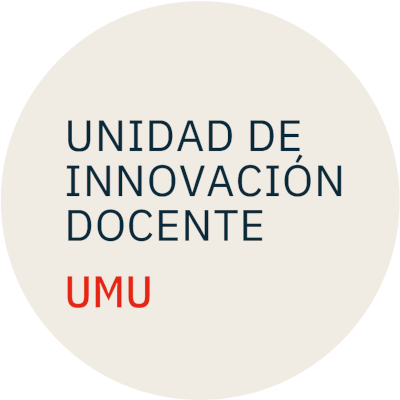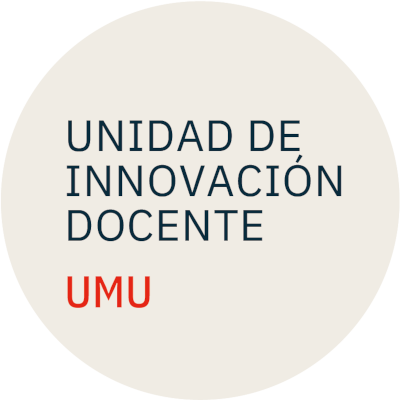English Language Teaching: History, Approaches and Methods
Syllabus programme
Each of the 30 units that the syllabus programme consists of includes practice activities. See the “Practice activities” link.
Block I. Introduction
Unit 1.1. The rationale behind this course
Unit 1.2. The "method" concept in Language Teaching
Unit 1.3. A general overview of the two major trends in Language Teaching: Grammatical and conversational
Block II. Back to the past (1)
Unit 2.1. The beginnings: Language Teaching before the Renaissance
Unit 2.2. Language Teaching from the Renaissance until the 18th century
Block III. Back to the past (2). The 19th century: "The century of methods"
Sub-block 3.1. The Grammar-Translation Method (G-T). Ahn’s and Ollendorff’s Practical Method
Sub-block 3.2. The Natural Approach from the 19th century:
Unit 3.2.1. Introduction
Unit 3.2.2. Individual pre-reformers
Unit 3.2.3. The Reform Movement
Unit 3.2.4. The Direct Method
Block IV. The past meets the present: Language teaching methods in the 20th and 21st centuries
Sub-block 4.1. Structurally based methods
Unit 4.1.1. The Audio-Lingual Method (ALM)
Unit 4.1.2. The Situational Method (SLT)
Unit 4.1.3. The Audio-Visual-Structuro-Global Method (AVSG)
Sub-block 4.2. Humanistic or holistic methods
Unit 4.2.1. Introduction
Unit 4.2.2. Total Physical Response (TPR)
Unit 4.2.3. The Silent Way
Unit 4.2.4. Suggestopedia
Unit 4.2.5. Community Language Learning (CL)
Sub-block 4.3. Communicative Approaches
Unit 4.3.1. The Threshold Level and Notional-Functional Syllabuses (N-F Syllabuses)
Unit 4.3.2. Communicative Language Teaching (CLT)
Unit 4.3.3. The Natural Approach (Krashen and Terrell)
Unit 4.3.4. Task-Based Language Teaching (TBLT)
Unit 4.3.5. Content and Language Integrated Learning (CLIL)
Unit 4.3.6. Cooperative Language Learning (CLL)
Sub-block 4.4. Other alternative approaches
Unit 4.4.1. The Lexical Approach
Unit 4.4.2. Multiple Intelligences (MI)
Sub-block 4.5. Towards an integrative method
Sub-block 4.6. The Post-method era






